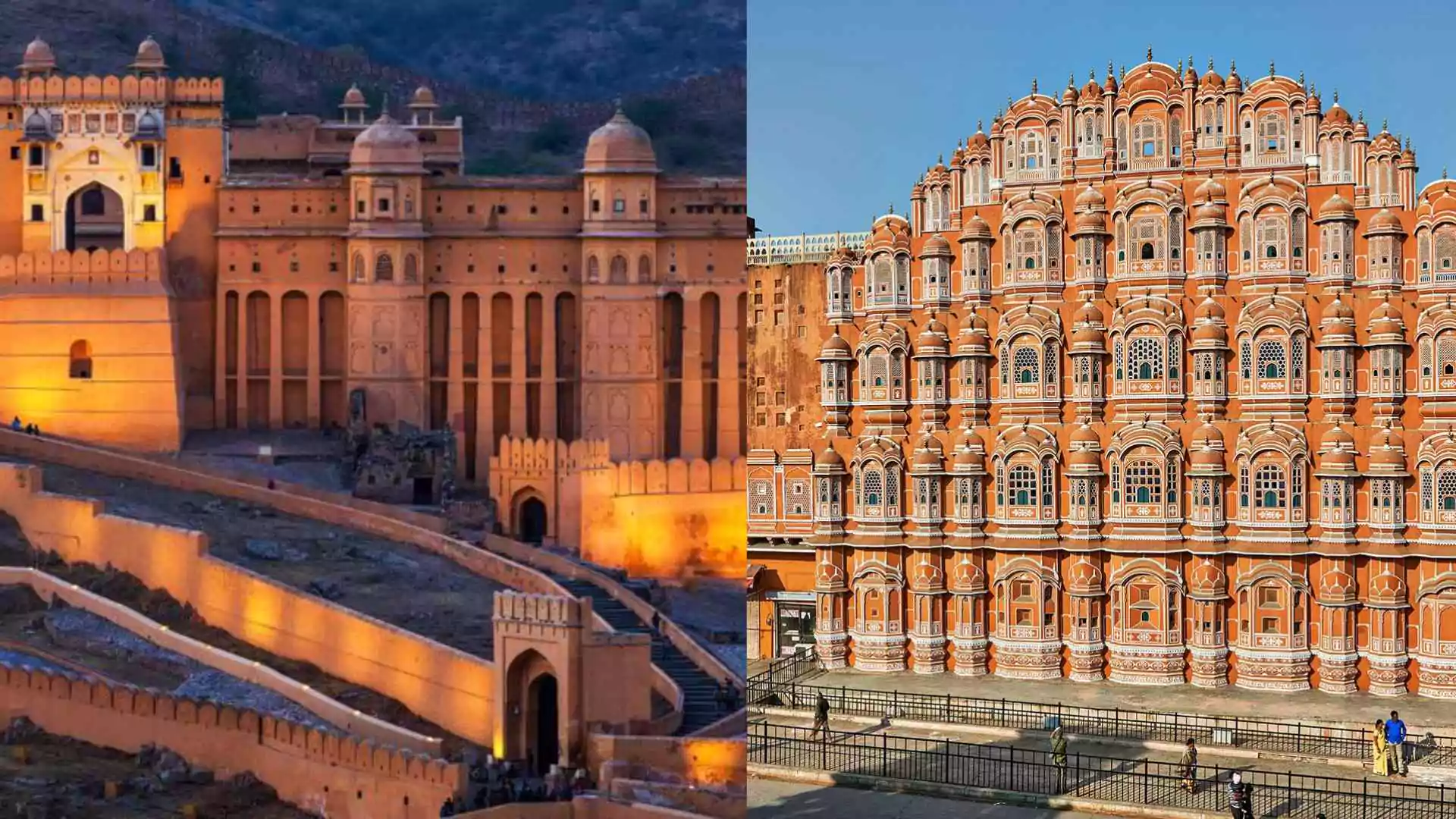The large-scale deforestation of Kancha Gachibowli Forest (KGF) in Hyderabad’s Rangareddy district to make way for a new IT park has sparked outrage among environmentalists, students, and citizens, who warn of severe ecological consequences.
Long regarded as the city’s green lungs, a major portion of the 400-acre forest has been razed, despite a detailed ecological report warning of irreversible environmental damage. The Ecological Heritage Report, authored by ecologist Arun Vasireddy and wildlife photographer Sriram Reddy, both University of Hyderabad alumni, predicts that the clearing will lead to a temperature rise of 1-4°C in the surrounding areas of Tellapur, Nallagandla, and Gachibowli.
The report also highlights the economic toll of the destruction, warning that local residents and IT giants such as Microsoft, Infosys, and Wipro all based nearby will face higher power costs due to increased cooling demands.
Between 28/03/25 to 02/04/25.. just 3 – 4 days… lives of peaceful living beings has been turned upside down.. in its desperation.. while the court believed otherwise.. the Govt deploys dozens of heavy machinery to flatten a beautiful deemed forest land in #KanchaGachibowli..… pic.twitter.com/NR8Bf1Typj
Advertisement · Scroll to continue— Vata Foundation (@vata_foundation) April 2, 2025
Ecological Hotspot Lost to Urban Expansion
Kancha Gachibowli Forest was home to 233 bird species and 72 tree varieties, supporting over 40,000 trees and rich biodiversity. The area also plays a key role in flood prevention and the sustenance of freshwater lakes, being situated at the highest point of the Manjira river basin. The report states, “Every drop of water preserved here affects thousands of hectares and the entire basin ecosystem.”
The forest was also the only known habitat of the Murricia hyderabadensis, a rare spider species discovered in 2010. The site also shelters vulnerable and endangered species like the Indian Rock Python, Star Tortoise, Bengal Monitor Lizard, and Spotted Deer, all listed under the IUCN Red List and India’s Wildlife Protection Act (1972).
According to the State of Forests Report, Telangana’s forests occupy about 24% of the state’s total geographical area, but rapid infrastructure expansion since 2014 has led to significant biodiversity loss.
Political and Student Protests Mount
The deforestation has triggered widespread student protests led by the University of Hyderabad community, who have called it a “systematic environmental destruction”. Political tension has also escalated, with the opposition Bharat Rashtra Samithi (BRS) promising to reclaim the land and restore it as an ecological zone if voted back to power.
“Kancha Gachibowli is more than just green cover it’s a climate regulator, a biodiversity hotspot, and a lifeline for Hyderabad’s urban sustainability,” the report concludes. As Hyderabad’s IT corridor expands, the question remains at what environmental cost?
ALSO READ: Lawrence Bishnoi Aide Aaditya Jain Extradited From UAE By CBI In Major Crackdown























